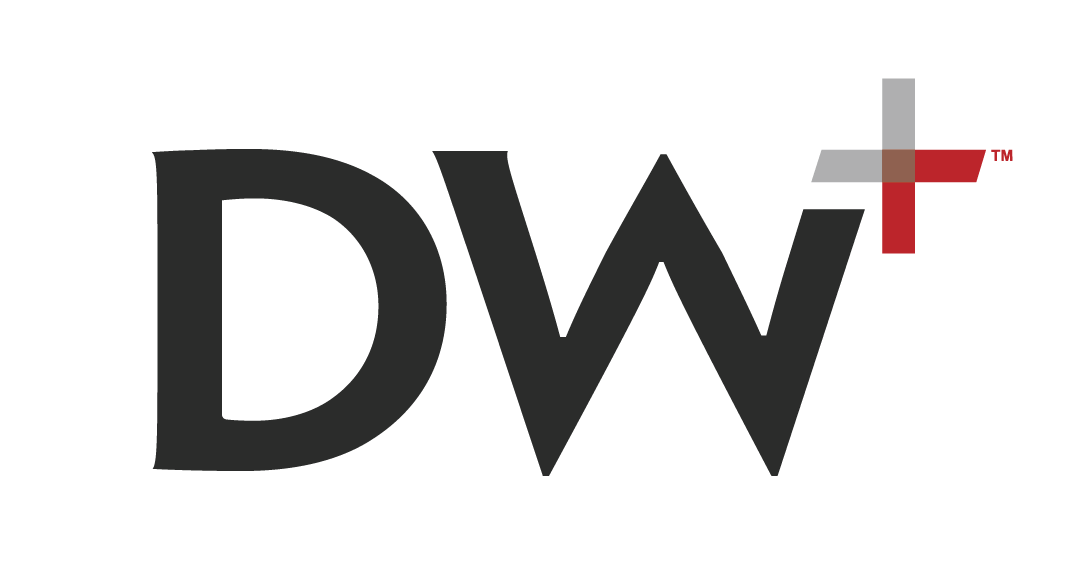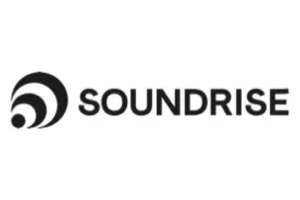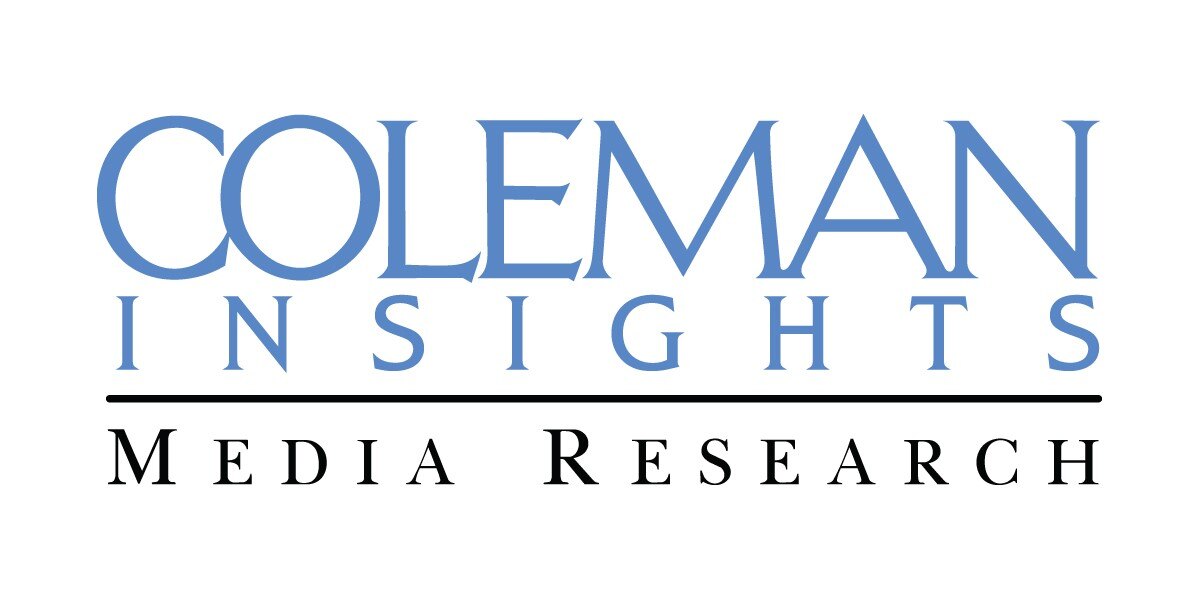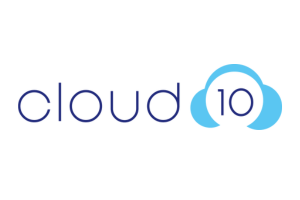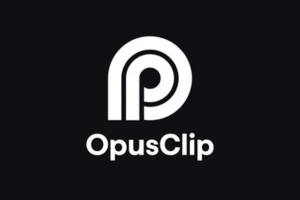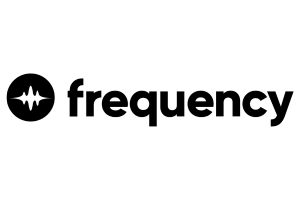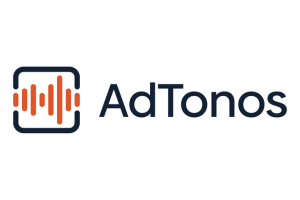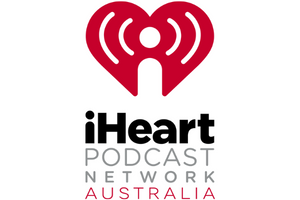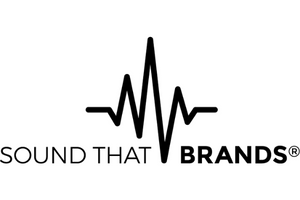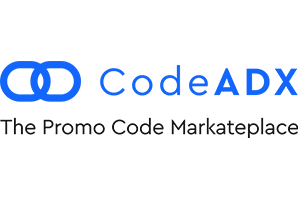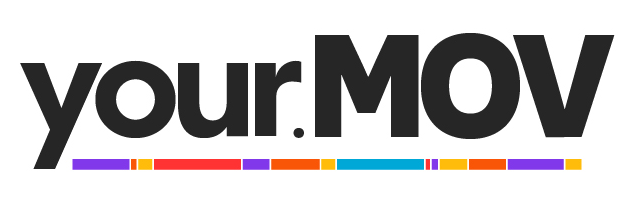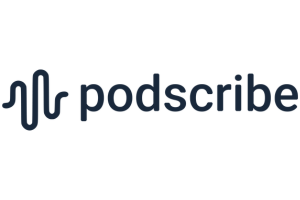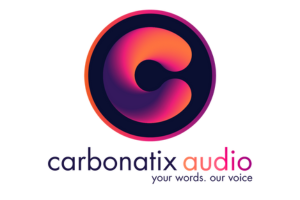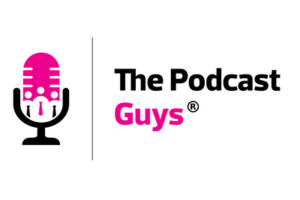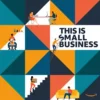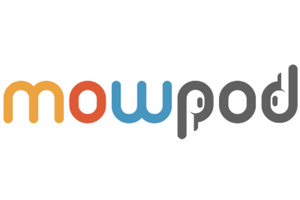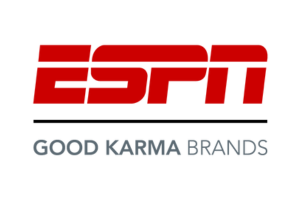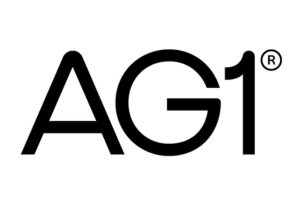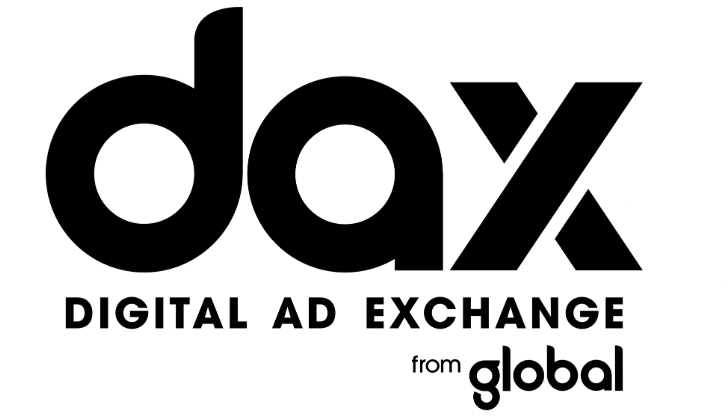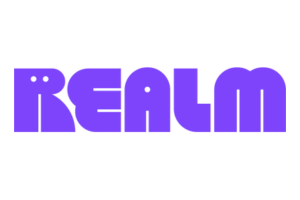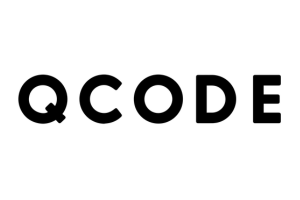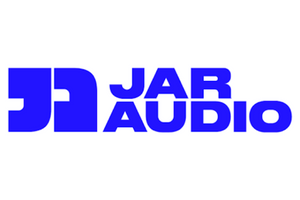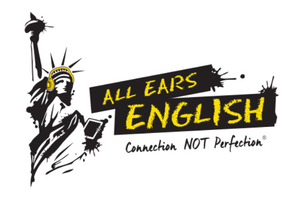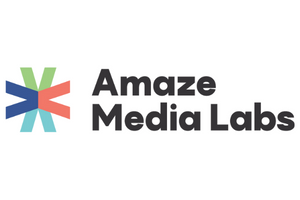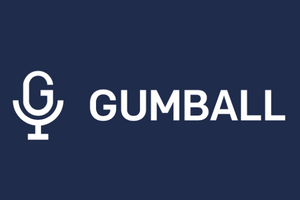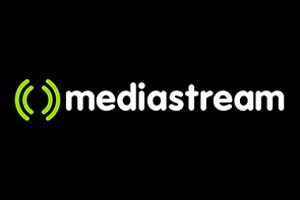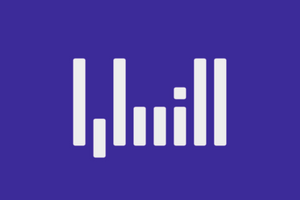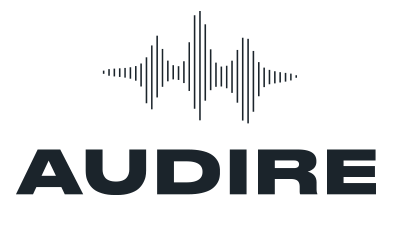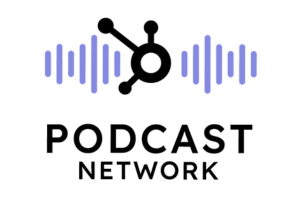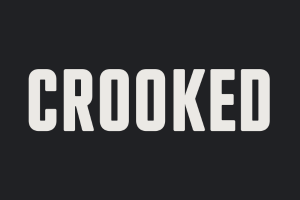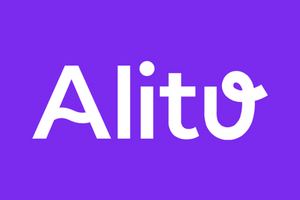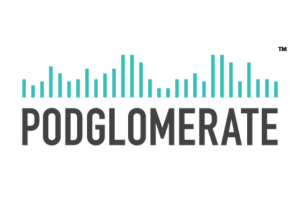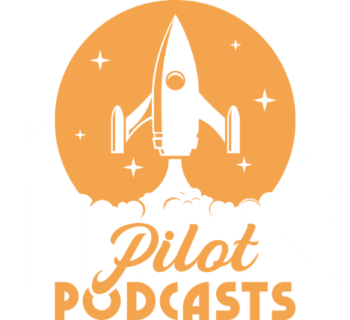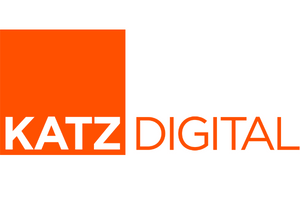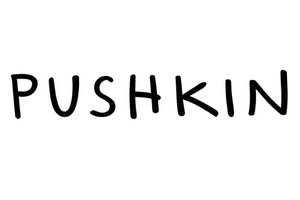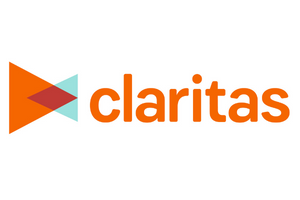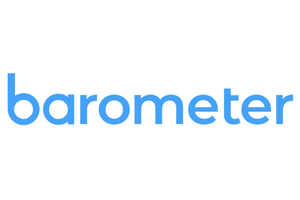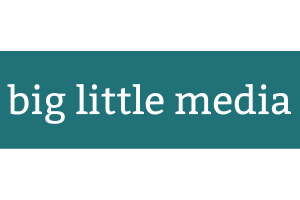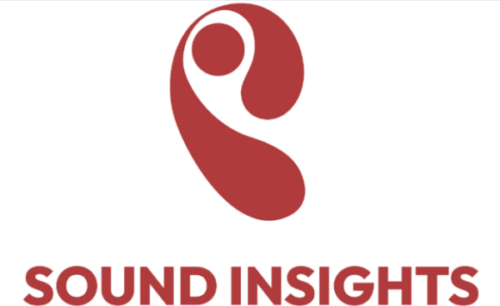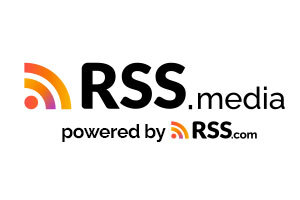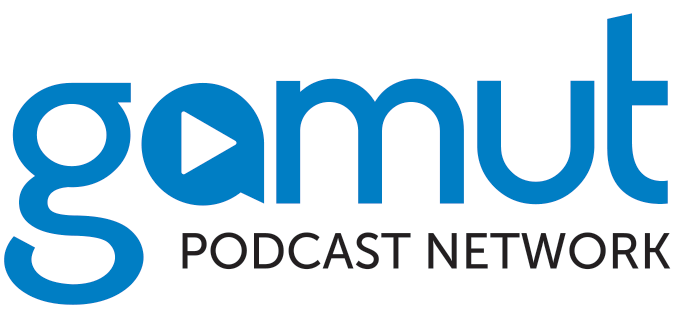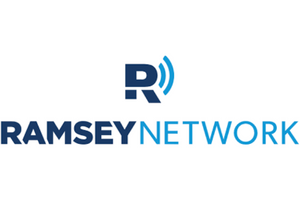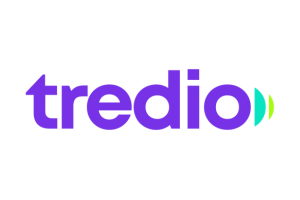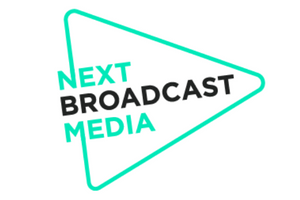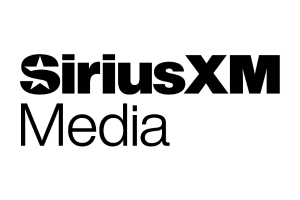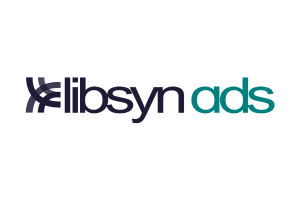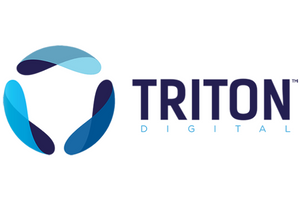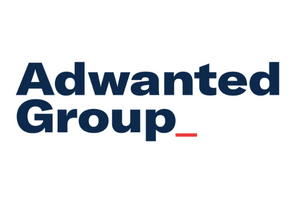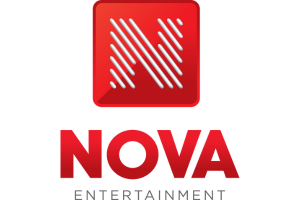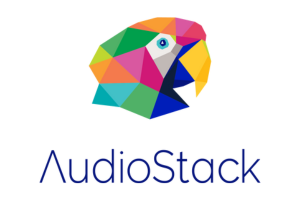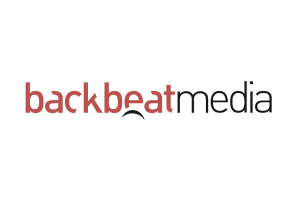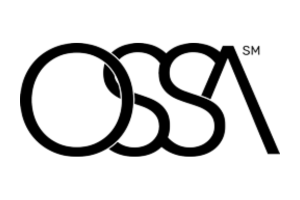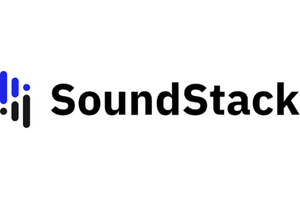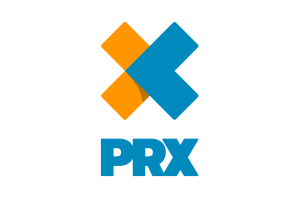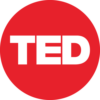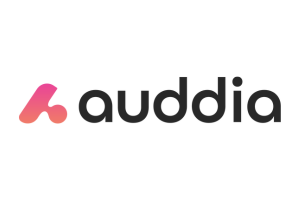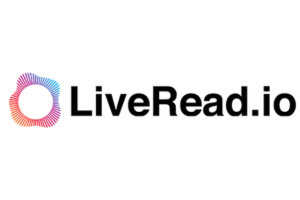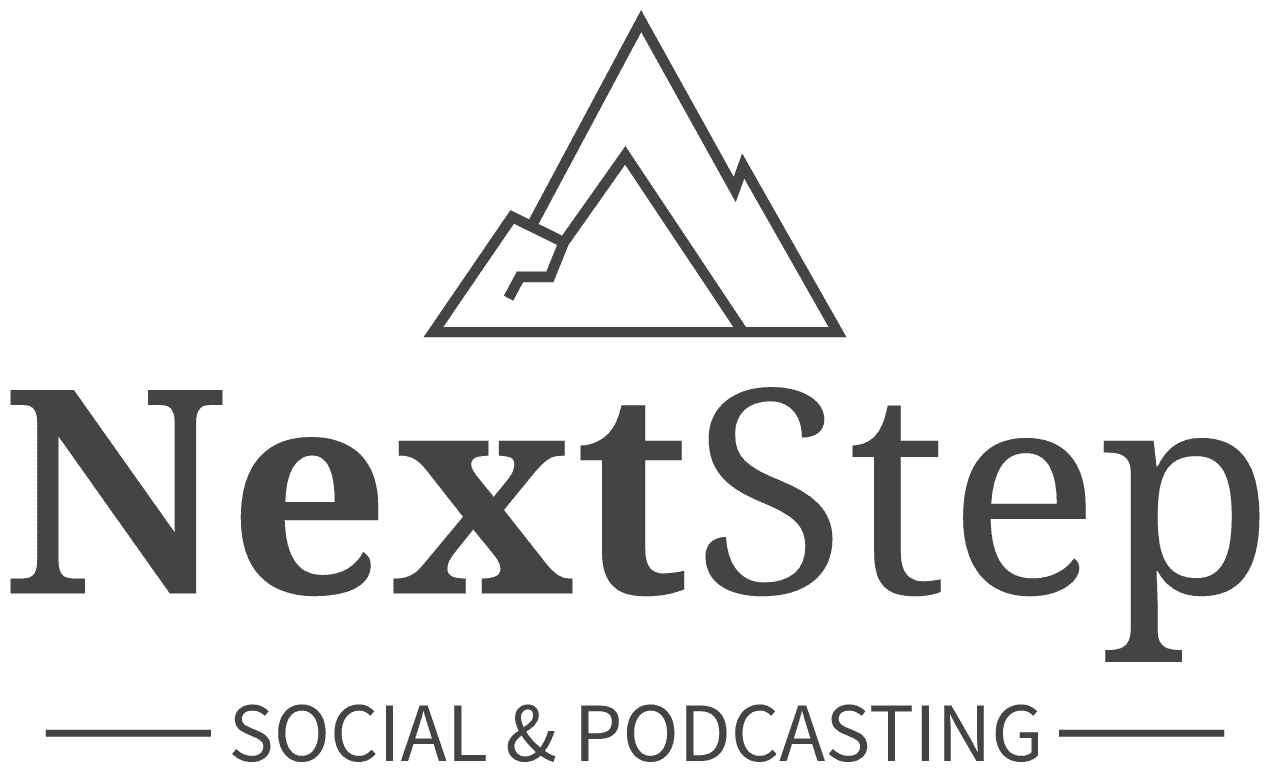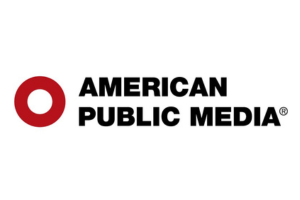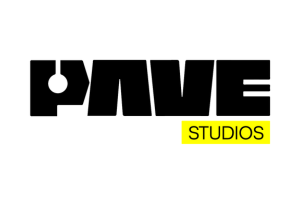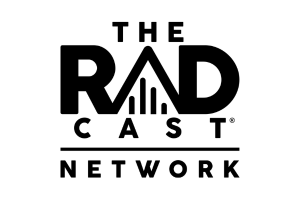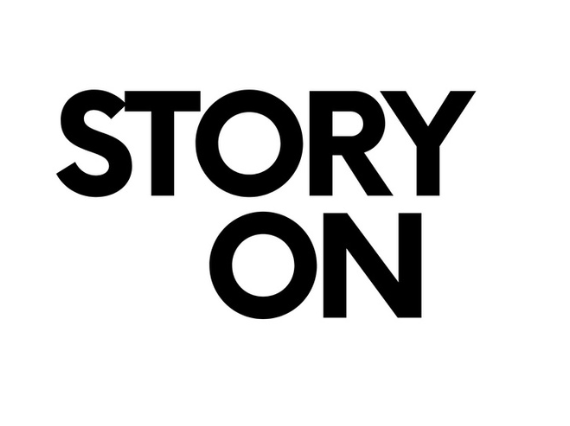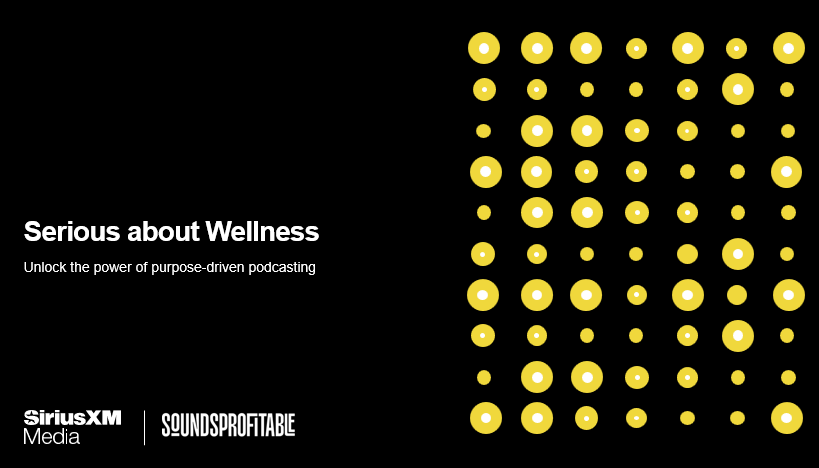This week’s issue comes to you by candlelight. Okay, not really but it almost did, as it’s storm season in the Midwest. Technically part of this issue was written during a blackout though. While not as entertaining as Conan O’Brien’s 2003 blackout episode, hopefully this is the second most worthwhile thing you consume this week produced without a centralized power grid. Let’s look at the news.
What the Saab 900 Can Teach Podcasting
This Wednesday from Tom Webster at Sounds Profitable: Last week Tom called for the industry to start thinking about what will need to be done to shore up what makes podcasting uniquely podcasting, and not a subgenre of video that it’s swiftly becoming. One response to the Podcasting 3.0 piece took to YouTube to respond in podcasting form. A quote from the article:
“I’m not linking it because I’m not trying to pick on him, but let’s examine that action. He read my piece, had a reaction, then took the shortest path from idea to audience. He turned on his camera and posted to a closed system. He did nothing wrong – but if we don’t see this as an indictment of open podcasting’s current state, I don’t know what else to say.”
Open podcasting is quickly being left behind by closed systems at a pace so quick it feels like the urgency of the situation has not fully sunk in for the open podcasting side of the industry. More and more, podcasting is starting to feel like the Saab of media channels.
Tom brings up his own backstory with knowing a Saab 900 owner in New England. A Swedish-built car lauded for its safety and build quality, but all of the positives of a reliable family sedan designed by an airplane manufacturer come with the downsides of nonstandard parts and over-engineered systems that require significant engine disassembly just to change the oil.
The Saab 900 was a beast of a sedan that effectively hung around the neck of its owners like an extra mortgage payment. Outside the Swedish ecosystem of shade-tree Saab mechanics around every corner, American Saab owners were shelling out big dollars to have their 900 serviced by a licensed specialist. And even with regular maintenance, little quirks would form in every car, such as the fuel gauge simply not registering anything between entirely full and bone dry (as the driver of a mid-2000s Buick, I can relate).
Then General Motors bought into Saab, and eventually took over the company by 2000. Then Saab was gutted and GM started slapping Saab badges on Chevy Trailblazers and Subaru Imprezas. They were cheaper, more reliable in the U.S., more easily maintained than a ‘real’ Saab, but also devoid of anything unique to a Saab. And thus the Saab brand faded from memory.
As Tom says in his piece: the quirks were the point.
“With commercial radio declining and spoken word audio content increasingly in the hands of video and music platforms, I worry about people developing the audio habit. We can’t assume they’ll “pick it up” without exposure. Over my 20 years in podcasting, I’ve tried to bridge independent and “big” podcasting, and this is when both factions need to pay attention to the quirks that make podcasting special while still acknowledging that we just aren’t there with the full listener experience yet. I certainly want to help.
Otherwise, we risk turning podcasts into rebadged GMC trucks: just “content,” instead of premium content.”
Tubi Report Gives Glimpse into Tube Ecosystem
This week from Tubi: Fox-owned ad-supported streaming service Tubi has published the findings of a survey conducted by The Harris Poll in November of last year, encompassing 2,502 adults aged 18+ who had streamed at least one hour of content that week.
79% of respondents say they expect no ads if they pay for a streaming service, while 81% say watching ads is a fair trade-off to access free content on streaming services.
The average respondent is spending $129 a month on streaming services and paid TV subscriptions, a 7.5% increase year over year, with 56% of respondents actively monitoring their streaming budget so as not to over-spend.
How Data and Insights Work Together
This Tuesday from Paul Riismandel at Signal Hill Insights: raw data is valuable, but not the end-all be-all. To demonstrate, Riismandel recounts the first two quarters of this year, in which a national brand debuted a fresh message in a digital audio campaign tracked by Signal Hill Insights. A campaign that included both streaming audio and podcasts.
In Q1 the brand’s early results showed the new messaging was working well across the board, except when it came to brand favorability and consideration when it came to podcasts. At the end of Q1 this marked an important turning point. A person looking at the topline data would not be out of pocket in presuming podcasting simply isn’t a good venue for the campaign, or that the brand in general might not be a good fit for podcasts.
This is where insights come in, as SHI crunched the numbers and looked at the broader context. A quote from Riismandel:
“We actually found that listeners who heard the podcast creatives were more likely to respond negatively to the brand compared to streaming listeners, or even the control group of respondents who did not hear the campaign. This isn’t something we see very often, so we went back to re-evaluate the creative. It’s an important step, because ultimately it’s the ad creative that listeners are actually responding to. And here they were more negative than we typically see. Even though the streaming and podcast ads shared a lot of similarities, our experience told us the tone and style were out of place in a podcast. The creative copy points read by experienced commercial voice talent in the streaming ad didn’t quite work in the context of a podcast host read.”
By combining both data and insight, SHI was about to pitch the idea the brand should go into Q2 continuing to spend on podcasting, but also run creatives specifically created to fit the tone of podcasts. In the end, the optimization returned a greater ROI on key objectives that wouldn’t have happened if they had scaled back, or completely cut podcasts from the campaign.
A Look at Podcast Super Fans and their Super Spending
Last Thursday from Audacy Senior Manager, Research & Insights Deepika Das: An article looking at Super Fans (podcast audiences who tune for more than eight hours per week), and how they engage with brands that advertise on their favorite podcasts. According to Nielsen Scarborough Research’s Podcast Recontact Study (listeners only) from last November, which had 53,528 respondents, 60% of heavy podcast listeners are more likely than average to purchase advertised products online. A quote from Das:
“As marketers search for more effective ways to reach consumers, podcasts offer a rare direct line to them. While social media users scroll away and TV audiences tune out during commercial breaks, podcast listeners are fully engaged. Podcasts are “me” time—whether through earbuds, smart speakers, or in the car — fans form a deep, one-to-one connection with their favorite content. That intimacy and attentiveness are difficult to replicate in today’s oversaturated media landscape.”
Super Fans are also 71% more likely to purchase advertised products in store. That said, it’s worth noting heavy podcast consumers are also heavy internet users, which is likely the primary driver of their purchase behavior. However, podcasts are clearly an efficient way to reach these active, online super-consumers.
Quick Hits
Finally, it’s time for our Quick Hits. These are articles that didn’t quite make the cut for today’s episode, but are still worth including in your weekend reading. This week:
- YouTube is parting the curtain with a free webinar next Wednesday, March 26th, at 2:00 p.m. EST featuring Jenny Huang (Senior Product Manager, Discovery) and Emma Sweet (Global Product Activation Manager, Podcasts). The two will discuss the YouTube algorithm and share key discovery signals that’ll benefit video podcast performance.
- Ten Years of Amplifi & Podcasting’s Evolution — amplifi media by Steven Goldstein A look back at April of 2014 when Goldstein founded Amplifi Media, following a career working at places like NBC, ABC, and growing Saga Communications to encompass over 100 radio stations.
- Triton Digital has published the February Australian Rankers
- BBC Studios has been given exclusive access to the Oracle Red Bull F1 team for the upcoming podcast The Inside Track, which will cover behind-the-scenes stories and developments from every race throughout the Red Bull team’s 2025 season.
- Podcast Fandom Is Growing and Deepening Through Multiplatform Activity by William Earl Variety coverage of a new white paper from Wondery titled The Fandom Phenomenon; 43% of respondents look for podcast-related content in TV and books, with the report suggesting this shows podcast talent and studios have the opportunity to scale their brands into multimedia franchises.


